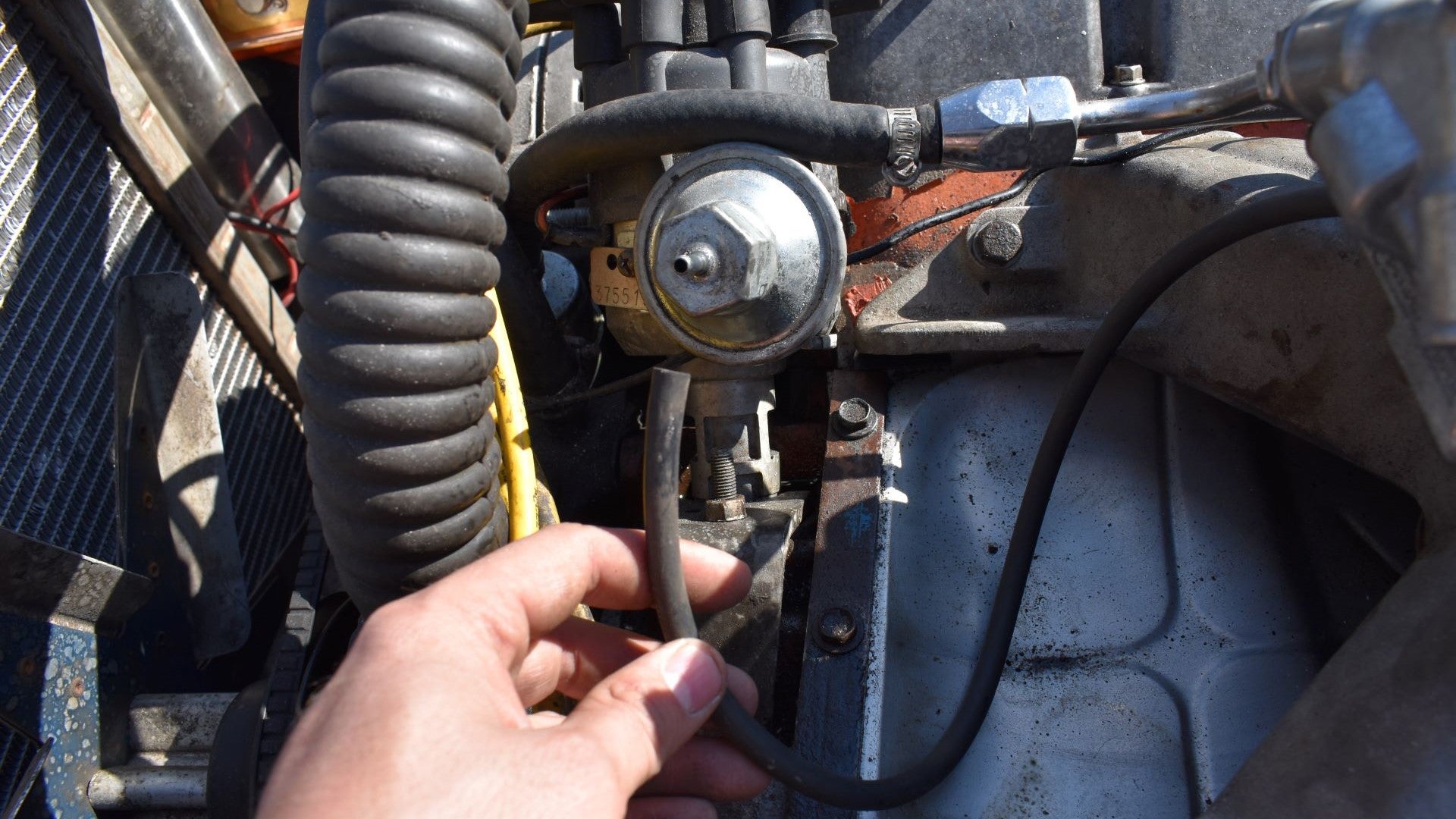How to Find a Vacuum Leak
Engine vacuum leaks can cause a variety of issues in your car. If you notice that your engine is idling too-fast, runs rough, has a misfire at idle, hesitates during acceleration, or your check engine light is illuminated, you might have a vacuum leak. Fortunately, vacuum leaks are usually the result of a minor issue and are easy to fix for the auto DIYer.
Finding a leak can seem daunting at first, and we have some tricks you can use to pinpoint the source. First, here is a little background on the cause and effect of vacuum leaks.
Where do Vacuum Leaks Occur?
Vacuum is generated in the engine’s intake manifold when the engine’s pistons draw in air against a partially-closed throttle plate. Manifold vacuum is used for various functions in the car including the brake booster, fuel pressure regulator, emissions control systems and cruise control.
As an engine ages, the gaskets and rubber hoses that transmit engine vacuum to where it’s needed can become brittle and fail. Deteriorated gaskets and dry, cracked hoses allow additional unwanted outside air to be sucked into the manifold which is called a vacuum leak.
The severity of the symptoms will depend primarily on its size of the leak. A tiny crack may result in a gently fluctuating or fast idle speed. A big leak will cause the engine to be hard to start or stall. If it does run, it will run roughly.

How do Vacuum Leaks Affect Operation?
If an engine has a vacuum leak, it is drawing in unmetered air, making the air-fuel ratio leaner. The oxygen sensors report this lean condition to the engine control computer, which then adds more fuel to correct the air-fuel ratio. The idle speed will often rise as a result. If the leak is big enough, it will trigger a check engine light.
If you are working on a carbureted engine, on the other hand, it doesn’t meter the air the same way; they have jets that are sized for appropriate running. A vacuum leak here makes the air-fuel ratio leaner, but there’s no mechanism on these engines to compensate for it. If an engine runs lean for long it can cause severe damage to pistons and other parts.
Regardless of your engine type, here’s how to find the source of a vacuum leak:
Use Your Senses
Use your eyes. No tools required. With the engine off, make a visual inspection of the engine bay. Take your time. Poke and prod each hose, feel around, sometimes a hose splits on its underside. Look closely for cracked hoses, loose hose clamps or anything you forgot to reconnect the last time you worked on the engine.
Use your ears. Start the engine cold and crane your head around near the intake system. Keep your head moving and tilt your head to give your ears stereo sound. You might feel silly doing this, but you’ll feel vindicated when you hear the hiss of a vacuum leak. Naturally, never wear loose clothing or dangling jewelry when working on cars.
Use a Smoke Machine
It’s a pretty simple concept. A smoke machine pumps a thick smoke into the intake manifold. If you see smoke coming out of the intake system at any point, you’ve found your leak. Shining a bright flashlight around the engine bay helps to illuminate the smoke.
Many professional mechanics use smoke machines, which are available to consumers, too. At a cost of about $75 and up, it is the most expensive way to go about finding a vacuum leak, but they have a lot of upsides. They don’t require the engine to be running, don’t require line-of-sight and are useful for troubleshooting evaporative emissions systems, too.
Whatever approach you use, be careful and methodical. You’ll be able to find the source of a vacuum leak, replace that worn-out gasket or hose and get your engine running normally again.
Still have questions? Ask a Tinker Experts today about your vacuum and any car issue you have! 👇



